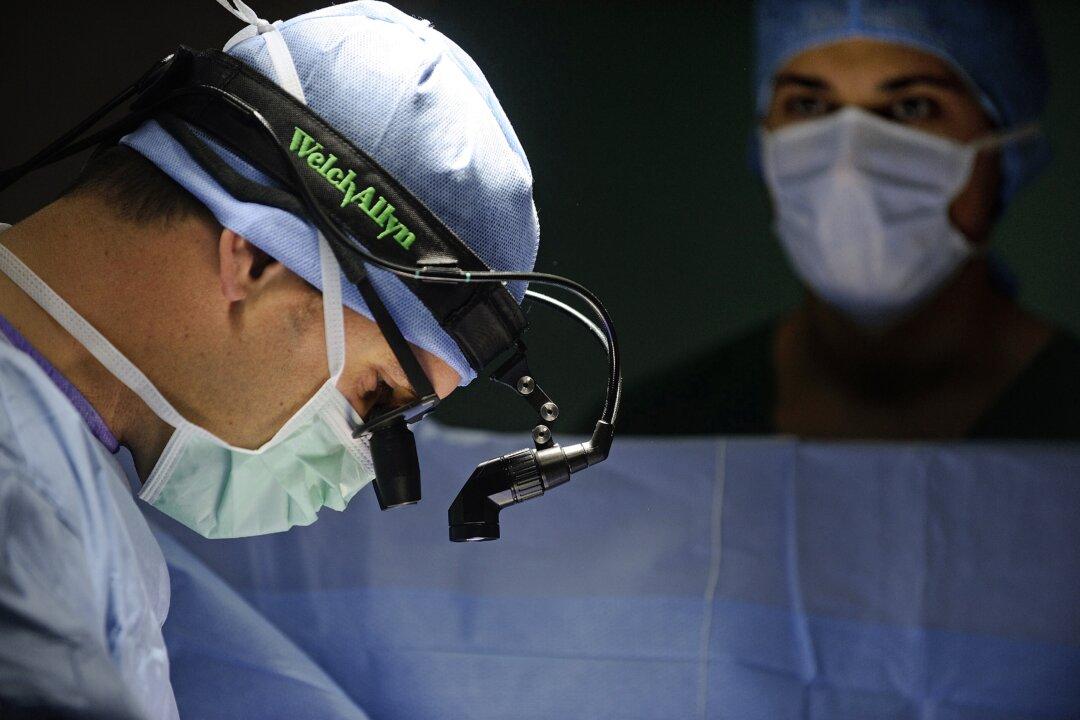Scientists are on the cusp of potentially the greatest advance in cardiac care since the heart transplant.
Federal regulators just approved a device that allows physicians to replace faulty heart valves without opening patients’ chests up. The procedure could save the lives of countless patients who are unfit for surgery.
For their new lease on life, these patients can thank a few dozen pigs, which were the first animals to undergo the procedure and prove that it could be a lifesaver. They stand out as only the latest evidence that animal research is essential to medical advancement.
For their new lease on life, these patients can thank a few dozen pigs, which were the first animals to undergo the procedure and prove that it could be a life-saver.
